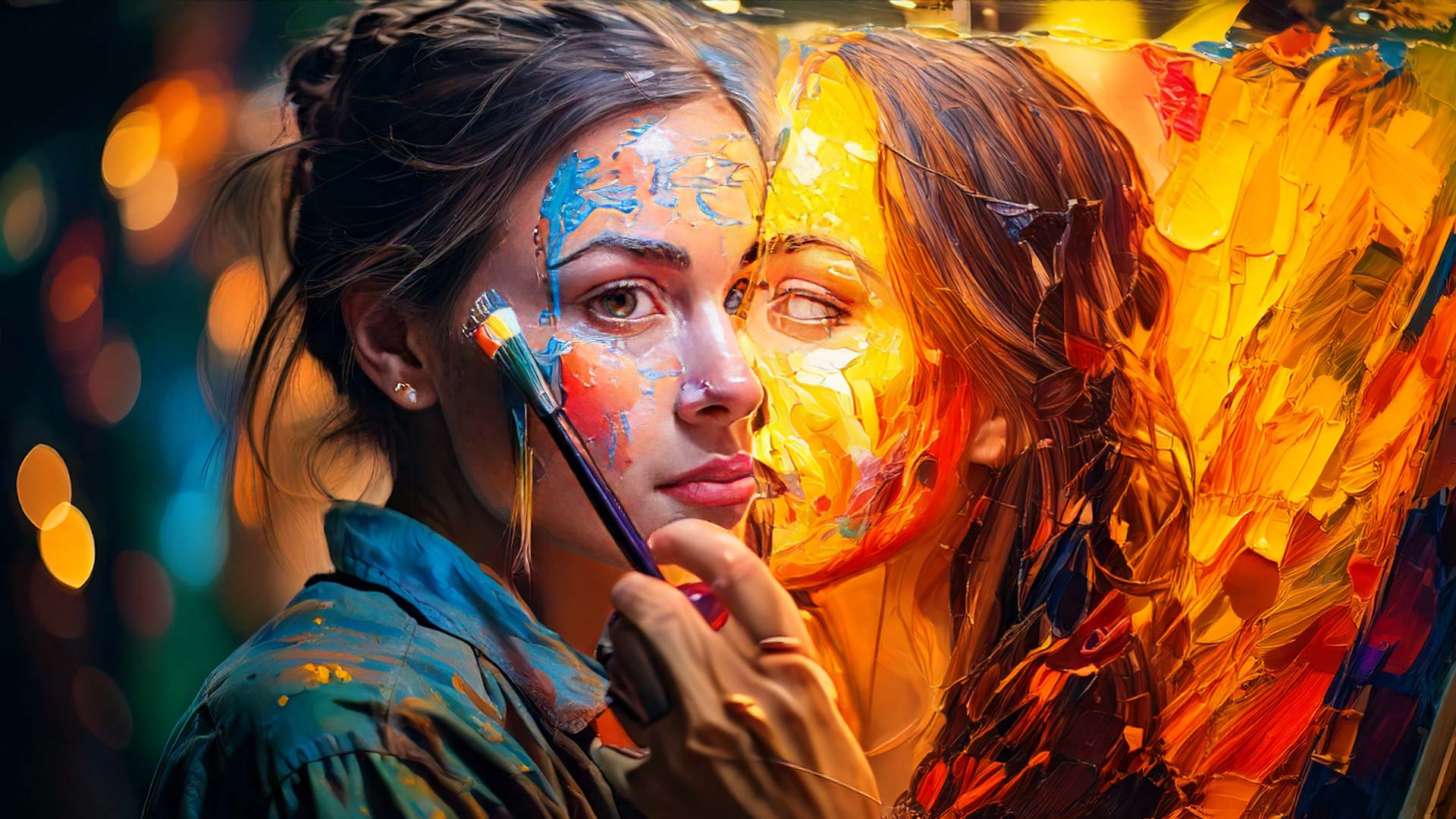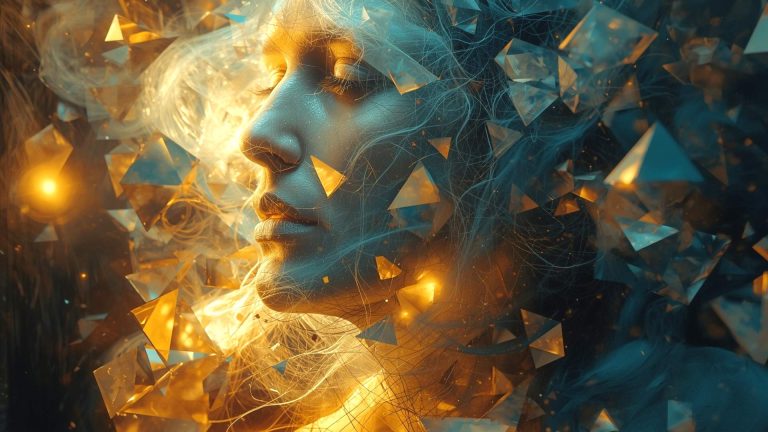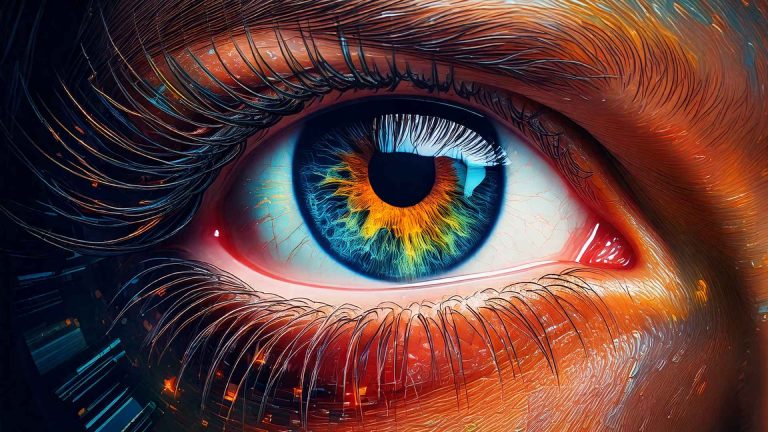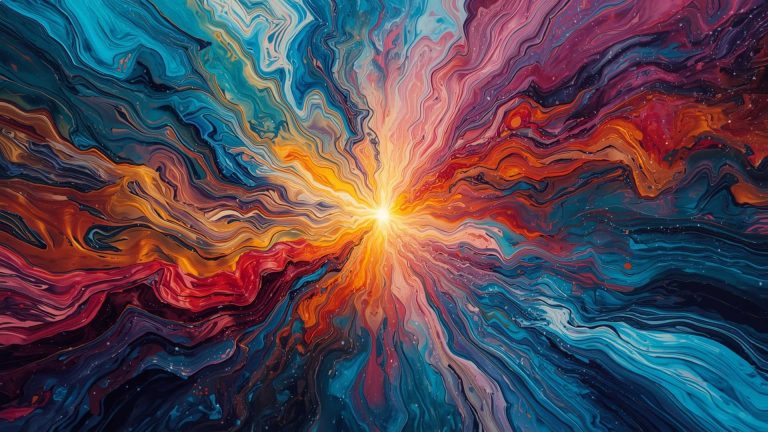Why artists turn inward
Read time 2 minutes 50 seconds
hroughout the arc of art history, the self-portrait has remained one of the most intimate and enduring modes of artistic inquiry. From Rembrandt’s probing chiaroscuro studies to Frida Kahlo’s symbol-laden reflections of pain and resilience, and onward to the layered, tech-infused self-imaginings of contemporary creators, the artist’s depiction of self continues to occupy a potent space in the visual lexicon. But what draws artists—again and again—to the mirror?
The self-portrait operates as far more than a likeness; it is a crucible of identity, introspection, and authorship. To paint, photograph, sculpt, or digitally render oneself is to engage in an act of both revelation and construction. It is where the personal becomes universal, and where inner life assumes visual form.
At its core, a self-portrait is a mirror—one that reflects not just the physical self, but the emotional, psychological, and symbolic layers of the artist’s identity. For many, it’s a tool for self-inquiry. By turning the gaze inward, artists confront their own image and, in doing so, investigate who they are in a particular moment in time. This process can reveal internal states, personal struggles, transformations, or aspirations, often with more honesty than words ever could. These works often speak with a raw candor that transcends language.
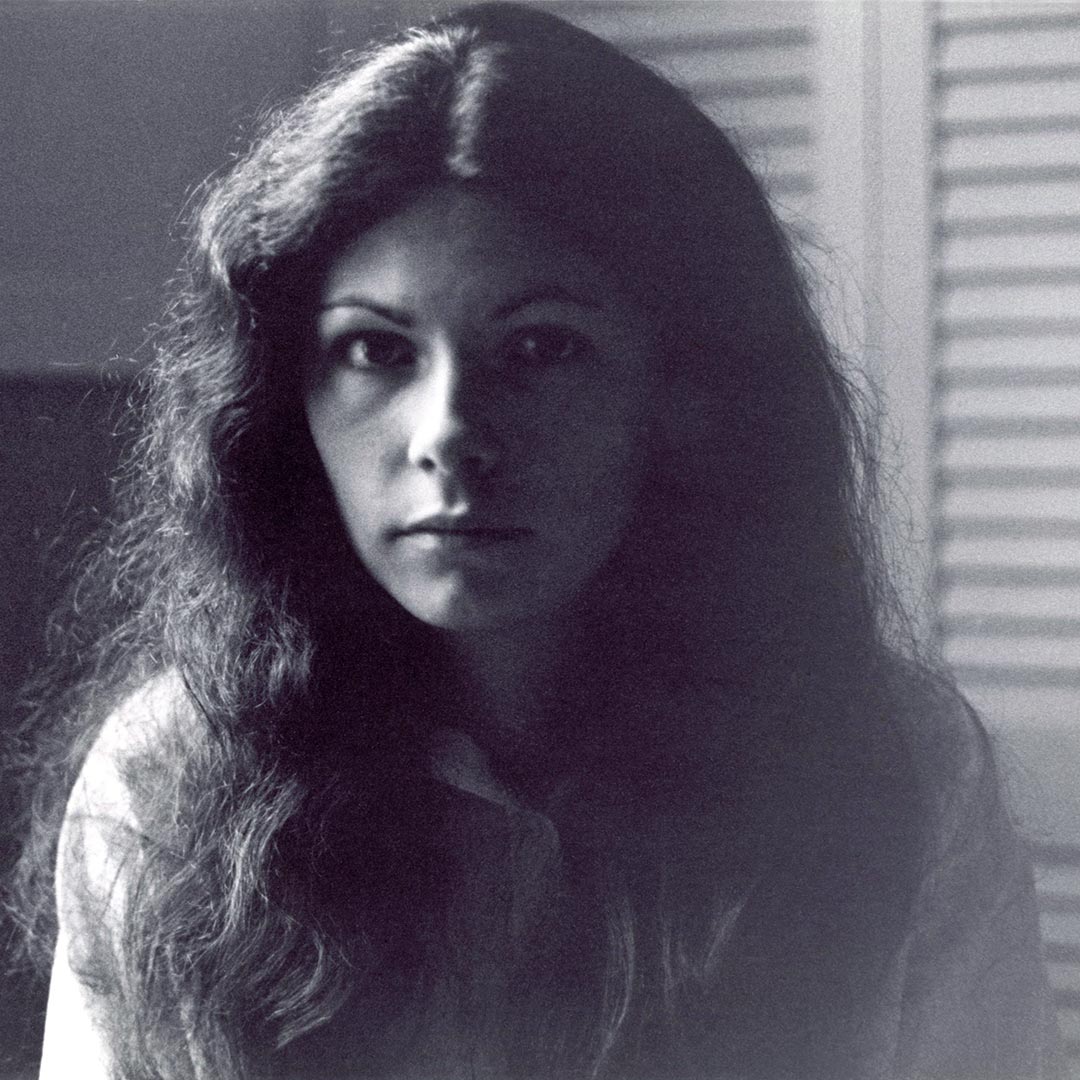
There is also a pragmatic legacy to the self-portrait: the artist is always available, always present in the studio. What may begin as a study in lighting or anatomy often evolves into a deeper excavation of the self. Over time, the exercise becomes existential.
Today, the genre has evolved dramatically. Digital media, AI, video, and performance have expanded the vocabulary of self-representation. Artists remix identity with data, distort it through algorithmic filters, or multiply it across screens—challenging not only how we see ourselves, but what it means to *have* a self in an era of hyperconnectivity and flux.
Ultimately, the self-portrait is more than a visual record—it is a gesture of connection. It invites viewers into the artist’s inner world, while reflecting something essential about our shared search for meaning, identity, and authenticity. In looking at the artist, we often find reflections of ourselves.
